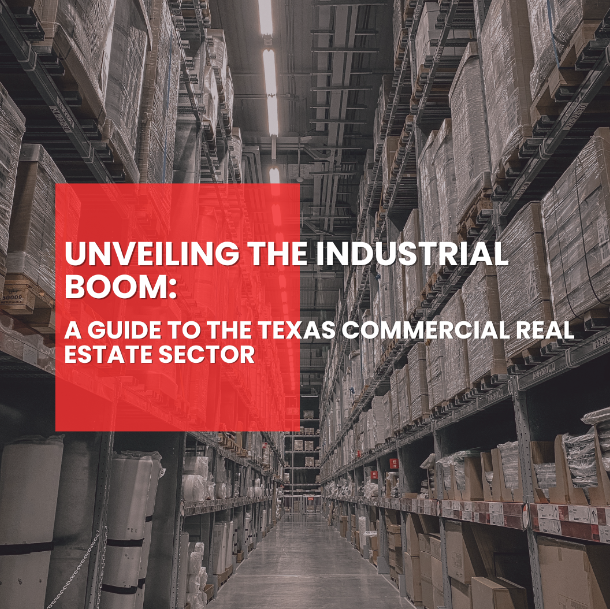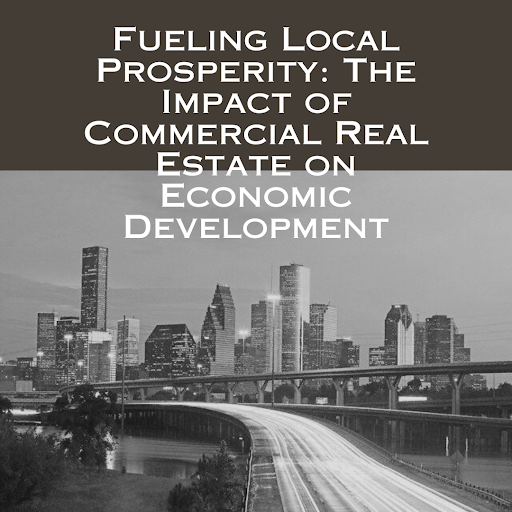The Metamorphosis of Texas: Urban Sprawl
Greetings, fellow Texans and prospective investors,
As a commercial realtor in the Lone Star State, I've witnessed urban sprawl firsthand. When I moved here 20 years ago, you could see vast farmland on I-45 in between Houston and Galveston, but that is certainly not the case today! In 2024, the quintessential small railroad town, in this case along Interstate 10, is undergoing a remarkable change in a similar way to the I-45 corridor. The landscape of our great state is changing at a phenomenal rate.
Urban Sprawl: A Double-Edged Sword
Urban sprawl, often seen as both a blessing and a curse, refers to the outward expansion of metropolitan areas into surrounding rural and suburban regions. Think of the now small distance between two major cities in Texas, Austin and San Antonio. While it signifies economic growth and development, it also poses challenges to small communities that find themselves at the connection of progress and tradition.
Interstate 10: The Lifeline of Texas
Stretching across the vast terrain of Texas, Interstate 10 runs for almost 900 miles across this great state and serves as a vital artery connecting major urban areas like Houston, San Antonio, and El Paso. However, it also weaves its way through charming small towns that once thrived primarily due to their proximity to the railroad.
The Changing Landscape
Picture it (just like Sophia on the Golden Girls): quaint little towns with historic downtown squares, lined with mom-and-pop stores and century-old buildings. Yet, as cities grow and industries expand, these towns are witnessing a transformation. The allure of affordable land and a slower pace of life is attracting city-dwellers seeking a slice of tranquility amidst the hustle and bustle of city life. These city folk are changing the way these towns are operating, bringing more people and industry to what was once a sleepy little town.
Opportunities Abound
For imaginative investors, this metamorphosis presents a myriad of opportunities. From repurposing historic buildings into trendy boutiques and cafes to fronting residential developments that seamlessly blend modern amenities with rustic charm, the possibilities are endless. While these towns are changing, they are still maintaining their historic charm.
Navigating the Future
As guardians of Texas's rich heritage and promising future, it's imperative that we approach this transformation with mindfulness and foresight. Preserving the cultural fabric of these towns while embracing progress is the key to ensuring sustainable growth and prosperity for generations to come. These small towns hold the flavor of our culture in their hands. We have to preserve it so that we don’t lose it.
In the ever-changing landscape of Texas real estate, one thing remains constant: the enduring spirit of innovation and possibility that defines us as Texans.
Until next time, y'all.
Caryn Craig
Texan








